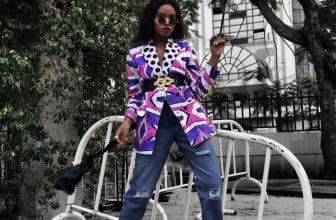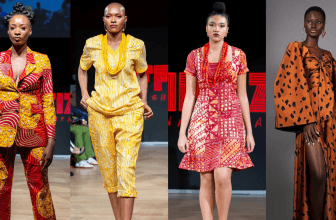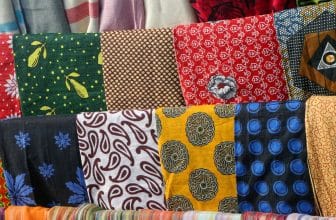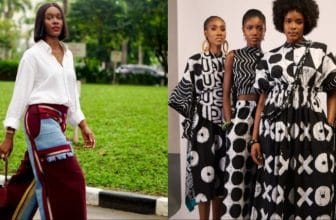Sustainable Fabrics: How Eco-Friendly Textiles Are Changing Fashion
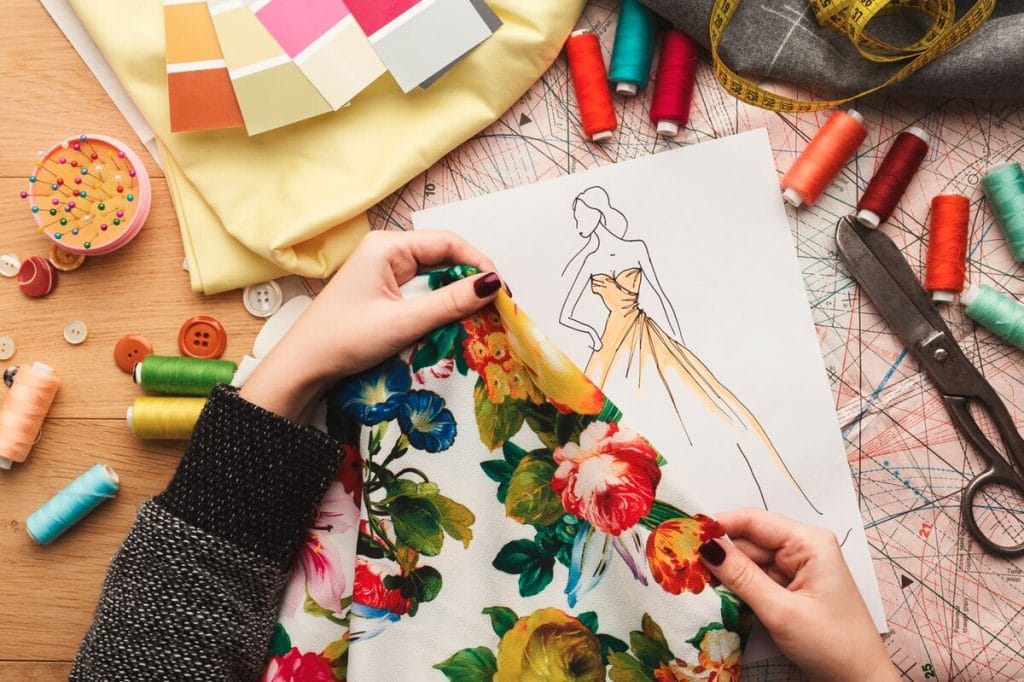
Introduction
For decades, fashion was about fast trends — more clothes, more colors, more waste.
But the world is changing. Today, designers and consumers alike are asking a new question: What impact does my fabric have on the planet?
Welcome to the era of sustainable fabrics — materials that protect both people and the environment while keeping creativity alive.
From organic cotton to recycled polyester, eco-friendly textiles are rewriting the story of fashion one thread at a time.
1. What Are Sustainable Fabrics?
Sustainable fabrics are materials produced with minimal harm to the environment, often through reduced water usage, ethical labor practices, and renewable sources.
They’re made to last longer, waste less, and biodegrade faster. Some are natural; others are innovative synthetics made from waste — like recycled plastic bottles or old garments.
The goal is simple: fashion that feels good and does good.
2. The Rise of Eco-Friendly Textiles
A quiet revolution is happening in fashion houses worldwide. Designers are shifting from mass production to responsible creation.
Popular sustainable materials include:
• ![]() Organic cotton — grown without toxic pesticides.
Organic cotton — grown without toxic pesticides.
• ![]() Recycled polyester — made from plastic waste.
Recycled polyester — made from plastic waste.
• ![]() Hemp and bamboo — fast-growing, renewable, and durable.
Hemp and bamboo — fast-growing, renewable, and durable.
• ![]() Tencel (Lyocell) — derived from wood pulp, silky and biodegradable.
Tencel (Lyocell) — derived from wood pulp, silky and biodegradable.
• ![]() Peace silk — harvested without harming silkworms.
Peace silk — harvested without harming silkworms.
Each of these innovations proves that fashion and sustainability can coexist beautifully.
3. Why Sustainable Fabrics Matter
Traditional textile production is one of the world’s largest polluters — consuming massive amounts of water and chemicals.
By contrast, sustainable fabrics:
• Use fewer resources.
• Reduce carbon emissions.
• Encourage fair wages and safe working conditions.
• Promote recycling and circular fashion.
When a designer or brand chooses sustainable materials, it’s not just a creative decision — it’s a moral one.
4. The New Aesthetic: Green Is the New Luxury
Eco-friendly no longer means plain or boring.
Today’s sustainable fabrics are as elegant and versatile as any luxury material — sometimes even better.
Designers are creating stunning high-end pieces from recycled textiles, blending innovation with conscience. The texture, color depth, and comfort of modern green fabrics rival traditional luxury fibers.
In fact, many luxury brands are quietly moving toward eco-sourcing, proving that sustainability is the future of sophistication.
5. Challenges and Opportunities Ahead
Despite the progress, the road isn’t easy.
Sustainable fabrics often cost more to produce, and supply chains are still catching up. However, as demand grows, costs are falling — and awareness is spreading fast.
What’s exciting is how innovation keeps breaking limits: lab-grown leather, plant-based dyes, and circular fabric recycling are now part of mainstream fashion conversations.
The future of fabric is smart, clean, and endlessly creative.
Closing Thoughts
Sustainable fabrics aren’t just a trend — they’re a transformation.
They represent a shift in mindset from consumption to care, from fast to forever.
As more designers, brands, and customers embrace eco-friendly textiles, the fashion industry edges closer to a future where beauty doesn’t cost the Earth.
At WeFabrics, we believe every fabric tells a story — and the best ones are kind to the planet. ![]()
![]()



